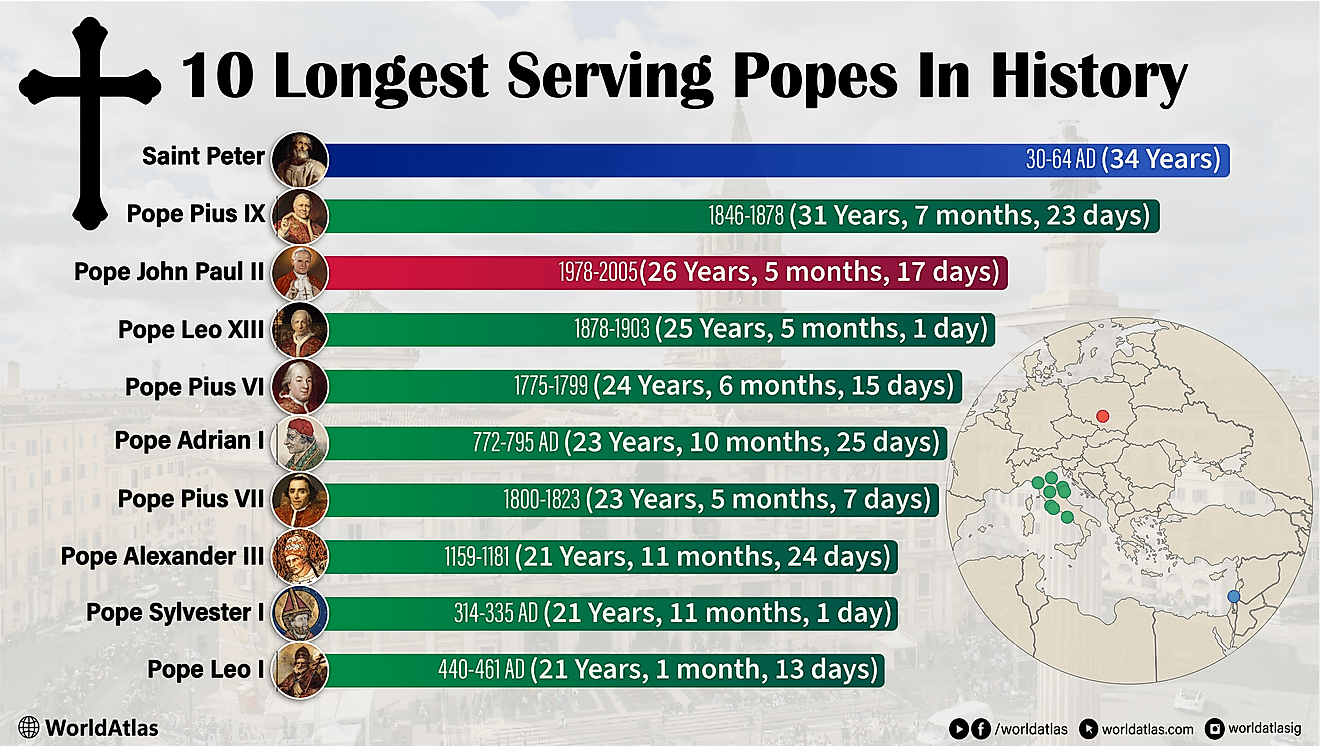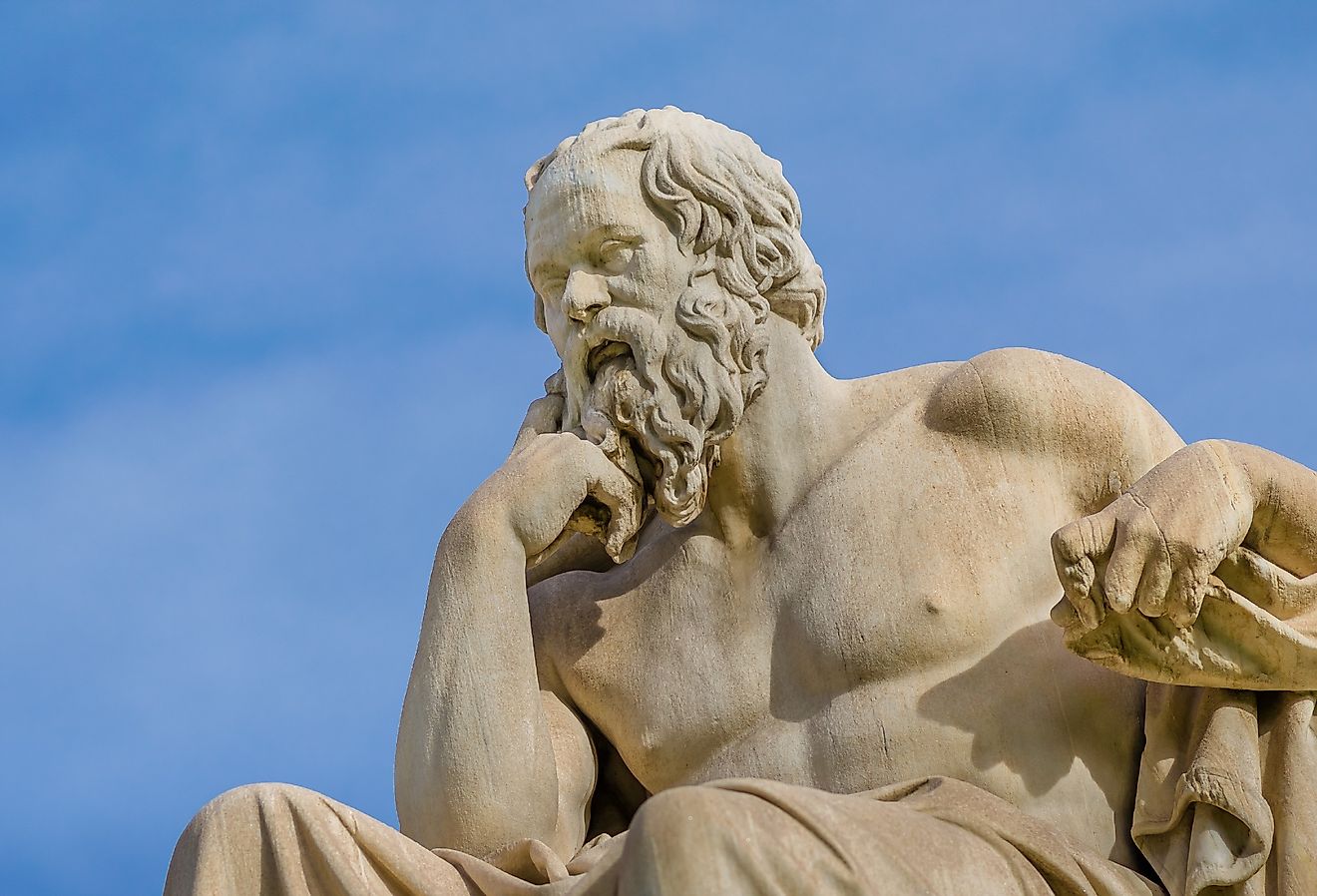
The 7 Oldest Religions In The World
Humans are religious by nature. There is no way around that reality. Wherever you are, wherever you go, people believe in right and wrong, good and bad, and everything in between. People have been turning to religion to seek answers to life's most profound questions for thousands of years. Most religions that were practiced by our ancestors have since faded away into obscurity and are now only learned about today in the pages of history textbooks or encyclopedias. However, certain faiths have stood the test of time and are still practiced by millions, even billions of people in modern times.
| Religion | Age |
|---|---|
| Hinduism |
15th – 5th century BCE |
| Zoroastrianism |
10th – 5th century BCE
|
| Judaism |
9th – 5th century BCE
|
| Jainism |
8th – 2nd century BCE
|
| Confucianism |
6th – 5th century BCE
|
| Buddhism |
6th – 5th century BCE
|
| Taoism |
6th – 4th century BCE
|
1. Hinduism (15th – 5th century BCE)

Hinduism is generally believed to be the world's oldest religion and was founded more than 4,000 years ago in the Indian Subcontinent. It's difficult to trace its exact origin as it has no founder and is a compilation of several belief systems. Unlike Christianity or Judaism, Hinduism is not an organized religion. As such, it is sometimes referred to as the "family of religions" because of its accommodating nature. Hinduism was birthed out of a fusion of two cultures. At some point, around 1500 B.C., the Indo-Ayran people migrated to the Indus Valley, located in modern-day Pakistan, where their culture and language merged with the natives of that region. Hinduism evolved out of that unique context and grew to accommodate both cultures as they morphed into one people.
Hinduism, similar to the Abrahamic faiths, believes in one single all-powerful god but this single god often referred to as Brahman is accompanied by a whole host of other gods who all focus on one aspect of the human experience. There are 33 core gods within Hinduism with other lesser gods that play their part as well. The doctrine of samsara is also very important to Hindus. This is the belief that teaches the cycle of life as a circle rather than believing in an eternal afterlife. Reincarnation is crucial to this belief. It is thought that those who live good lives will be rewarded in their next life either in the form of another human being or an animal. Hindus revere all animals and think that cows are sacred animals. This closeness with animals has led large portions of Hindus to not eat beef or pork while some do not eat meat at all and practice a vegetarian diet.
2. Zoroastrianism (10th – 5th century BCE)
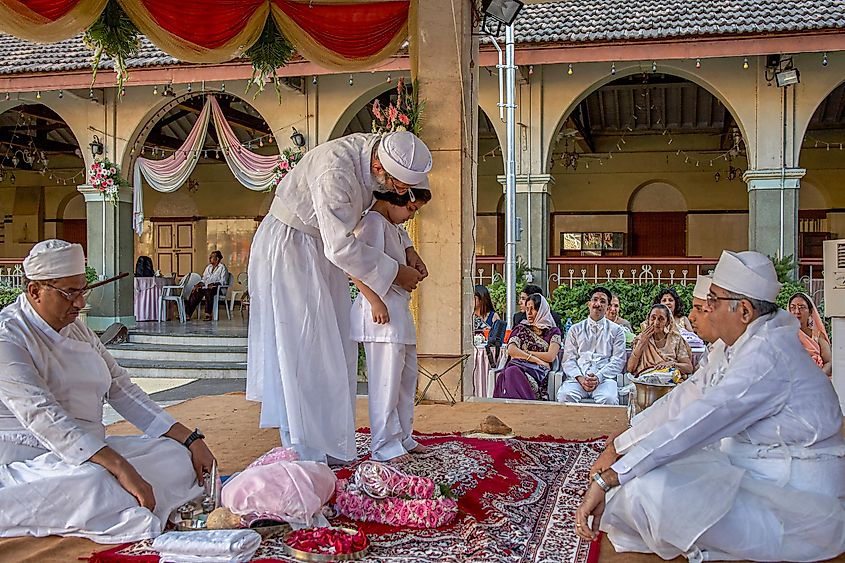
Zoroastrianism is an ancient Persian religion (modern-day Iran) that may have developed as long as 4,000 years ago. Like Judaism, this religion promotes the belief in one God and it is thought to be the oldest monotheistic religion still practiced today. Zoroastrianism flourished under the Persian Empire and was the state religion of three separate Persian dynasties. The ancient religion is said to be founded by the prophet Zoroaster. However, unfortunately much is not known about him. In fact, there is much debate about when he even lived. Some scholars argue that he was likely alive during the time of Cyrus the Great, an ancient Persian king who lived in the 6th century, while others insist that the time of Zoroaster's life was much earlier. We may never know for sure but what is undeniable is that Zoroastrianism was a major influence on the region and is still practiced by devoted followers to this day.
Zoroastrianism is heavily centered around the idea of good versus evil. This battle, according to the faith is never ending and is being waged by the god Ahura Mazda against the evil spirit Ahriman. Practitioners of Zoroastrianism are sadly a small minority across the world. Ever since the Arab conquests of the Persian Empire in the 7th century AD, the faith has been stamped out and persecuted in its original homeland. Today the largest group of Zoroastrians are actually in India. Most of these Zoroastrians are in fact the descendants of Persian refugees fleeing the conquest of their nation more than 1300 years ago.
3. Judaism (9th – 5th century BCE)
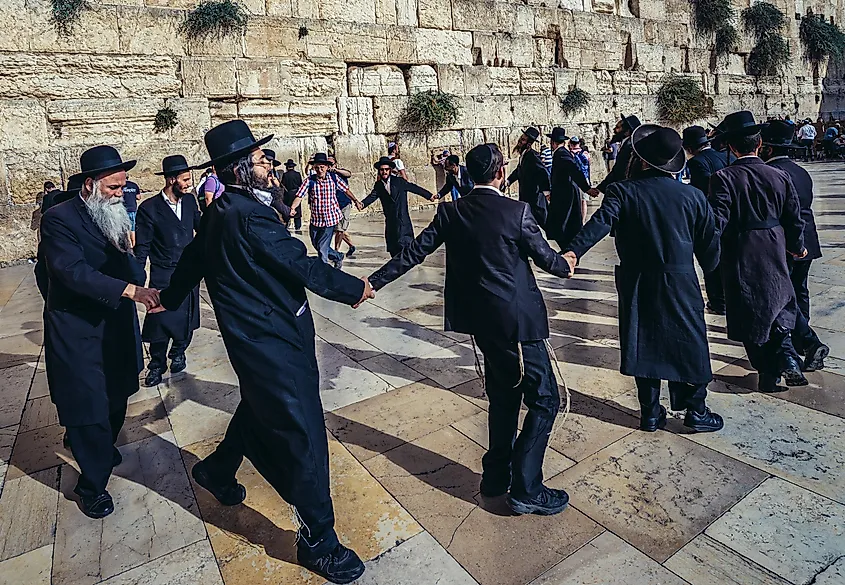
The father of Judaism is believed to be Abraham. A man that the Tora (the Jewish scripture and Christian Old Testament) claims was born in Ur, a city in ancient Mesopotamia. The Torah teaches that God called Abraham to leave Ur and migrate to the land of Cannon, where eventually, the descendants of Abraham became the nation of Israel. Judaism is an old religion starting in the early two millennium B.C. Judaism teaches monotheism or the belief in one God. Those who adhere to Judaism believe that God formed a supernatural agreement called a covenant with Abraham and his descendants, whereby God promised to bless and protect them if they obeyed His law. Christianity was birthed out of Judaism. Jesus, who claimed to be the promised Messiah of Judaism, was rejected by the religious teachers of Judaism in the early first century and was executed for claiming to be God. So while Christianity hails Jesus as the promised Messiah, those who practice Judaism are still waiting for the promised Messiah.
Today Jews make up a small fraction of the global population but still have strong and thriving communities in dozens of countries. Surprisingly, Israel is not the nation with the largest Jewish population. It is actually the United States that has more than 7.6 million self-described Jews living there whereas Israel only has 7.1 million. It should also be noted that the actual number of practicing Jews is likely much smaller than the estimated 15.2 million worldwide. Large segments of the Jewish diaspora identify much closer to the Jewish culture rather than the faith itself.
4. Jainism (8th – 2nd century BCE)
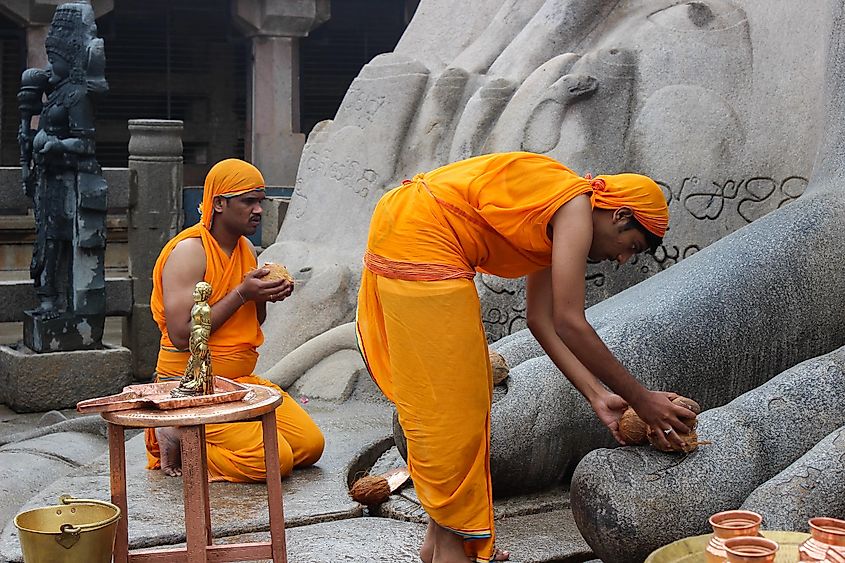
Jainism emerged out of the Ganges region in what is modern-day India and heavily influenced Buddhism and Confucianism. Jainism teaches that the Tirthankara is an individual who has obtained perfect mastery over anger, pride, deceit, and desire. However, there can only ever be 24 Tirthankara in each half-cycle of human existence. Jainism teaches that there are two cycles in each era of humanity. Jains use the analogy of a wheel turning to represent time. Each full rotation is one era. This wheel of time is spinning infinitely, with each half cycle getting its own set of 24 Tirthankara. The last and 24th Tirthankara of our current cycle was Mahavir Swami, historically verified and was born in 599 B.C. As such, according to Jainism, our current half cycle is ending, and soon the first Tirthankara of the last half cycle will be born.
Jains believe that the best path to enlightenment is through nonviolence even towards plants and animals. This belief goes so far that some members of this faith are almost paralyzed by this noble commitment. Jain Sadhus or monks can often be seen watching their every step in an attempt to make sure they do not accidentally crush an insect. Or filtering their drinking water through cloth as a way to not inadvertently swallow a bug. Jains are strong believers in karma and think that building up good karma will lead to the highest reward once you die and are reincarnated. Jains are strict vegetarians and are sworn to live life following four core rules. Sexual restraint, a disregard for worldly possessions, always tell the truth, and not to steal.
5. Confucianism (6th – 5th century BCE)
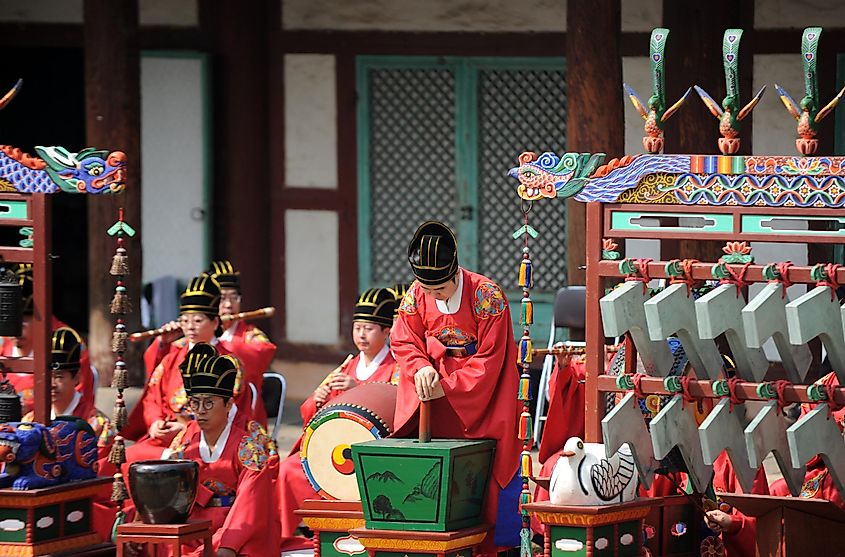
Beginning in the 6th century, Confucianism quickly spread throughout Asia and continues to impact millions of people's lives some 2,600 years later. However, unlike Buddhism, Confucius was not the founder of Confucianism. Confucius claimed that he was merely revitalizing the teachings of ancient Chinese traditions. Confucianism also differs from other major world religions in that it lacks strict order. Confucianism is more of a way of thinking and being than a religious identity. As such, it is common for people to adhere to other religions while keeping up their Confucianism thought.
Even to this day, Confucianism is the groundwork for Chinese culture and identity. Much like Christianity, the main teaching of Confucianism is to "Do not do unto others what you would not want others to do unto you.” While some might not consider Confucianism a religion in the traditional sense there are still plenty of shrines and temples across China in which followers of Confucian teachings can pray and conduct all manner of rituals and ceremonies. Having a pure moral character is a central point to Confucian philosophy and it is thought that this strong and righteous character will not only bring peace and fulfillment on a personal level but also emanate out into the world and positively affect those around you.
6. Buddhism (6th – 5th century BCE)

Buddhism began in 500 B.C., and as such, it predates Taoism by a mere 100 years. However, unlike Taoism, this religion has a founder. His name was Siddhartha Guatama, a young rich prince from Lumbini, which is part of modern-day Nepal. According to legend, Siddhartha's father wanted to keep him shielded from any and all suffering. As such, the king had all the sick and elderly people hidden from his son's presence. However, at the age of 29, Siddhartha came into contact with the reality of suffering during a trip outside the palace. This experience moved him deeply, and he was unwilling to continue living his posh lifestyle. Taking a vow of poverty, he left the palace in search of enlightenment. After his death, his followers continued his legacy turning his teachings into a religion.
Buddhists think that life is a never-ending cycle of suffering and rebirth and that it is only possible to escape this cycle if someone can reach a state of inconceivable enlightenment. This is called Nirvana. Buddhists do not believe in any kind of direct god but they do subscribe to the idea of spirits and other supernatural beings that can help guide humans towards a better life. Today Buddhism remains one of the world's most popular religions as well with more than 520 million followers spread out mainly across Eastern and Southern Asia.
7. Taoism (6th – 4th century BCE)
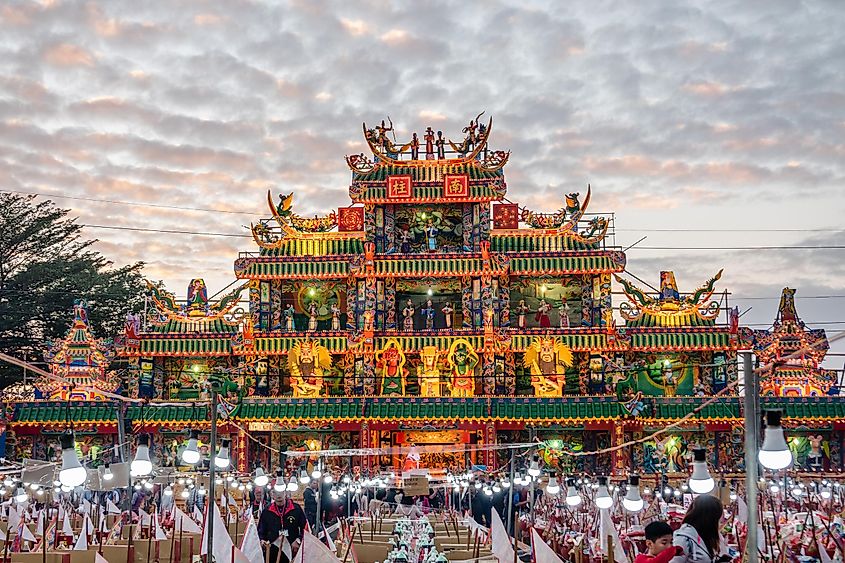
Taoism started in China about 2,400 years ago and was officially recognized as a religion during the Tang dynasty. However, there is no official founder of Taoism; rather, it evolved naturally out of Chinese folk religion. Zang Daoling, while not the founder of the religion, did organize its teachings in a school that he started for the purpose of spreading Taoism in 142 B.C. He became the Celestial Master, a tradition that continues today. The current Celestial Master lives in Taiwan.
Taoism teaches that humans and animals should live in balance with the universe. Sometimes this thought process behind balance forces is expressed through the famous yin and yang symbol which has now been largely associated with peace and tranquility across Western popular culture. Followers of this faith are also strong believers in the idea of spirits that are attached to humans. Once a person dies, their spirit is then sent to join the rest of the universe. Taoist temples are still a common sight across East Asia. These temples are often packed with priests carrying out rituals, laying out offerings, and meditating.
In conclusion, religion has played a major role in the development of the human race. It has offered comfort to those grieving the loss of loved ones, eased the fears of those dying, and, perhaps most significantly, given people a sense of meaning and purpose. Indeed, religion, while being the center of many conflicts (it is true), has also done much good for the human race and has likely impacted our world more significantly than even technology.







